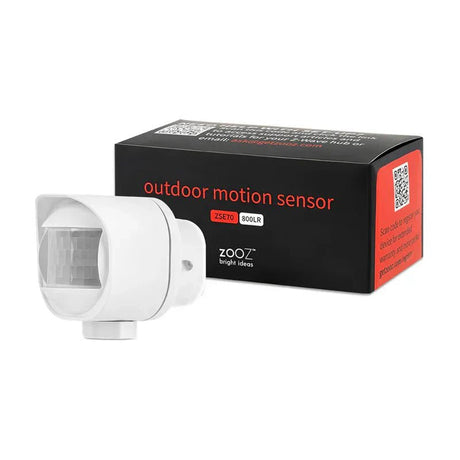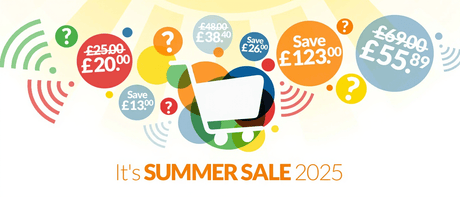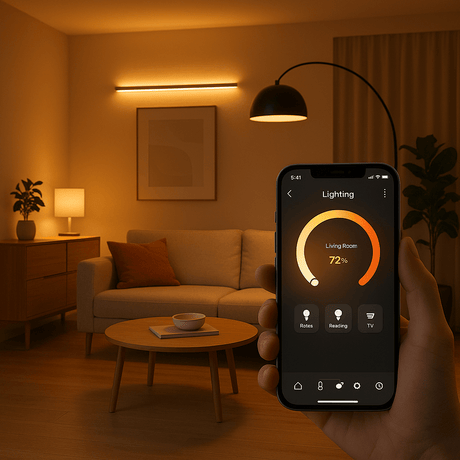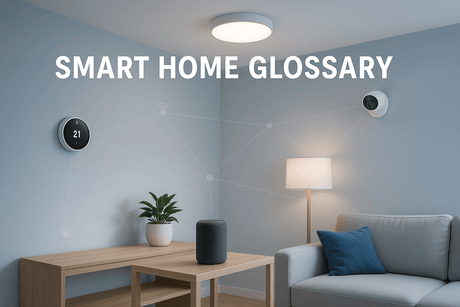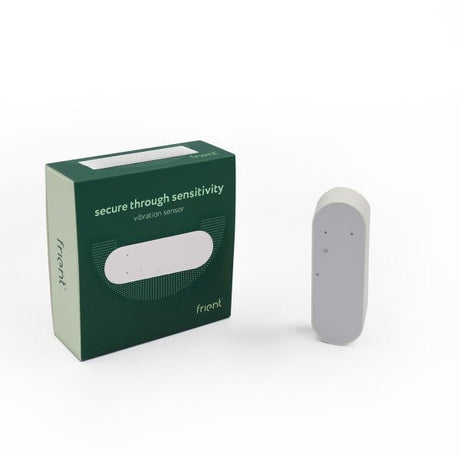
What is WiFi
WiFi has spread widely in the past decade, you can "get connected" almost anywhere nowadays - at home, at work, in libraries, schools, airports, restaurants, hotels and even on-the-move in certain types of public transport.
The ubiquitous nature of WiFi makes it an ideal technology for your Home Automation system - of a device can connect to your WiFi and onward to the Internet then you can connect to it from almost anywhere on the planet!
Many devices are now featuring WiFi connectivity as vendors recognise that they can take advantage of your existing network. The chances are you already have good WiFi coverage throughout your home, so it makes sense to use this network, rather than you having to implement something else.
That said, while current WiFi standards are very well suited to high bandwidth tasks such as video streaming, telephony, listening to music and playing games to a handful of client devices such as PCs, laptops, smartphones and tables, they aren’t particularly suitable for situations where there are many, many devices that need to communicate quickly but with much less data. Most residential WiFi equipment is designed to support a maximum number of client devices - typically between 32 and 64 - so when you add up all the WiFi devices that you already use you may find that you’re already approaching those limits!
It should also be remembered that WiFi is a point-to-point protocol, where any device needs to be able to communicate directly to the closest WiFi Access Point (AP) which could be quite some distance away. This typically means that WiFi devices need to use much more power when communicating, especially during any initial WiFi connection negotiating. Due to this it makes WiFi less suited to battery powered devices, that need to be able to run for many months, or even years, before replacing the batteries.
Other protocols, such as Z-Wave and ZigBee, are specifically designed to be low power RF communication protocols that in turn use very low amounts of energy to work. So they are very well suited for use in battery powered devices such as motion sensors, door sensors and environmental sensors. Using techniques such as “deep sleep” and “wake up” they will only communicate when absolutely necessary. Due to the mesh-networking nature of the underlying protocol they are able to transmit and receive to their nearest “neighbour” device. All of these measures mean that your battery powered Smart Home devices will go for very long periods between battery changes!
Of course, WiFi is constantly improving with advances in speed, coverage, range and power consumption being made all the time. So-called "next generation" WiFi 6 (802.11ax) is beginning to appear in consumer grade WiFi equipment and with it many of the shortcomings mentioned above are addressed. We expect many Smart Home devices to be released supporting the new standard during 2020, however unless you're intending to update your home WiFi Router(s) or Access Point(s) too then we predict it will be several years before WiFi 6 even begins to challenge the other more established Smart Home protocols.
Connecting WiFi devices
Smarter Coffee Machine |
||
Step 1 |
Step 2 |
Step 3 |
|
|
||
|
Download the Smarter App from your App Store |
Plug the Smarter Coffee Machine and search for its WiFi connection |
Follow the in-app instructions to add and configure your Smarter Coffee Machine |
LIFX Bulbs |
||
Step 1 |
Step 2 |
Step 3 |
|
|
||
|
Click the "+" button on the LIFX App and choose "Connect Light" |
Exit the LIFX App and connect to the LIFX Bulb WiFi network. Once done go back to the LIFX App and follow the in-app instructions |
Wait for the bulb to connect to the network |
WeMo Bulbs |
||
Step 1 |
Step 2 |
Step 3 |
|
|
||
|
Click "more" on the LIFX App and choose "Add WeMo Devices" |
Once the new bulb is detected click on "Add Checked" |
Wait for the bulb to connect to the network |




